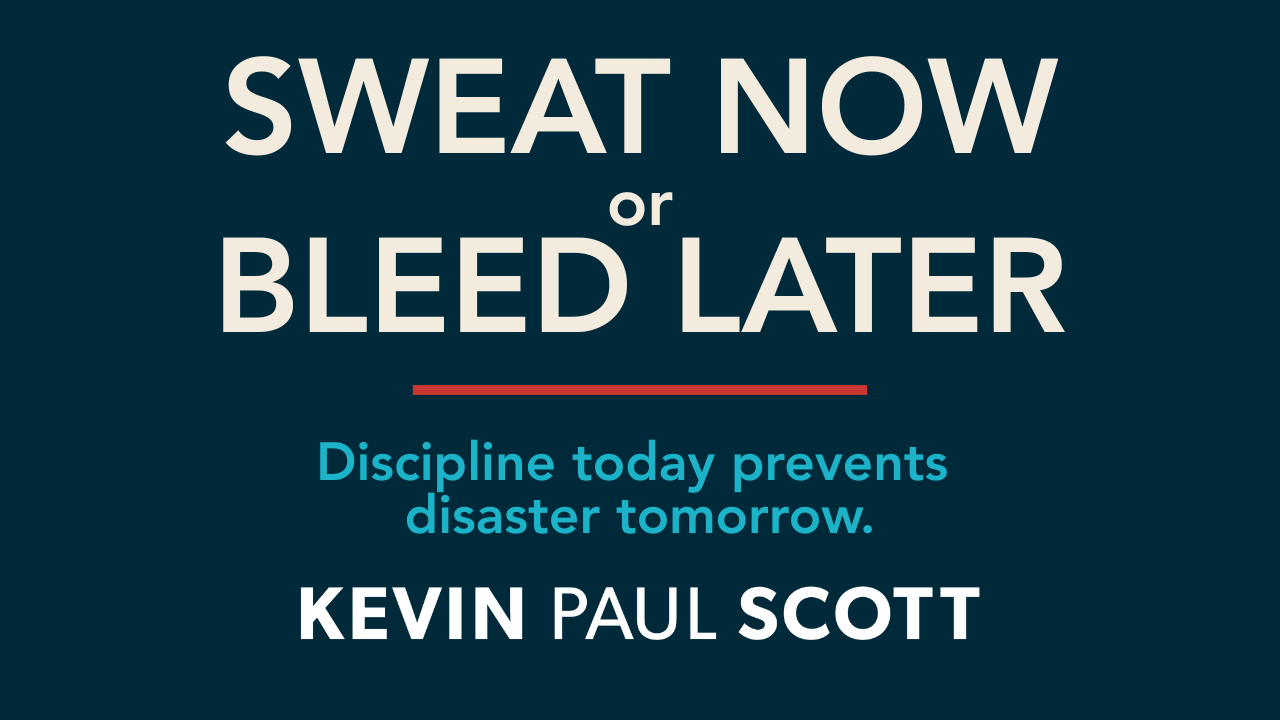Do you ever get tired of people bringing you their problems?
You might think to yourself, Can’t they figure this out on their own?
No one loves problems.
They’re messy. They’re inconvenient. They ruin your schedule and your sense of control.
But when people stop coming to you with their issues, that’s when you should really be worried.
General Colin Powell said it best:
“The day the soldiers stop bringing you their problems is the day you stop leading them. They have either lost confidence that you can help them or concluded that you do not care. Either case is a failure of leadership.”
That quote hits hard.
The principle: without problems, leadership wouldn’t be necessary.
If everything ran perfectly, you wouldn’t need a leader, you’d just need a maintenance plan.
Every person who leads people should ask this simple question:
“Are people still bringing me their problems?”
If yes, that’s not a sign of dysfunction, it’s a sign of trust.
They believe you’ll listen. They believe you care. They believe you can help.
If not… that’s a flashing warning light.
It’s tempting to dream of the day when everything runs smoothly.
But leadership isn’t about eliminating problems, it’s about equipping people to face them.
Yes, we should work to help people solve problems on their own.
No, we shouldn’t celebrate when someone brings us the same problem, over and over again.
But the next time someone knocks on your door with a problem, pause before you sigh.
That problem isn’t a distraction from your leadership.
It’s the very reason your leadership exists.
- Problems are proof of your purpose. No problems = no need for a leader.
- When people stop bringing you problems, start asking why.
- Leadership isn’t about comfort, it’s about courage.
- The best leaders don’t run from problems; they run toward them.
If you want to grow as a leader, stop wishing for fewer problems.
Instead, start building the capacity, emotionally, mentally, and spiritually, to handle more.
Because the more problems you can solve, the more people you can serve.
And that’s what real leadership looks like.


.svg)







